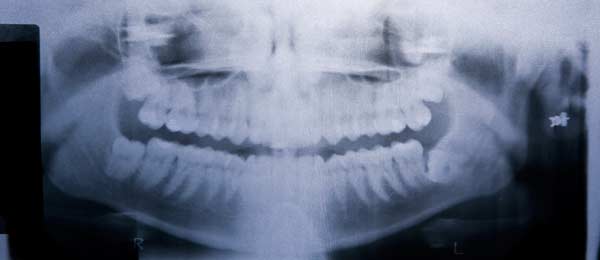Dentoalveolar / Tooth Extractions
Extractions

A tooth that can not be saved with restorative materials may need to be removed. First, the area will be numbed with anesthesia. The tooth is then loosened with a special dental instrument known as an elevator. After the tooth is loosened from the socket, it is removed. Stitches may be necessary after the removal of a tooth.
Impacted Tooth & Tooth Exposure

An impacted tooth is a tooth that fails to fully pass through the gums.
Impacted wisdom and cuspid (or canine) teeth are fairly common. To correct impacted teeth, there are a few treatment options. For impacted canine teeth, several treatment modalities are available. Orthodontics (braces) can be used to open space for proper eruption. Primary (baby) teeth can either be extracted or surgically exposed to allow for the placement of an orthodontic bracket to help align the teeth.
Wisdom Tooth Removal (3rd Molars)

A wisdom tooth that is deemed problematic is normally extracted to avoid any oral complications. To have a wisdom tooth removed, a small incision is made to open up the gum tissue over the tooth and remove any bone that is covering the tooth. Once the tooth is in view, it is grasped with a dental instrument, known as a forcep, and gently rocked back and forth to loosen it from the jaw bone and surrounding ligaments. Sometimes the tooth may need to be cut into smaller pieces to make it easier for removal. Stitches may be necessary after the removal of a wisdom tooth.
Partial Odontectomy
There are some cases in which an impacted wisdom tooth extraction brings the risk of nerve damage. In these cases, a partial odontectomy may be performed. This procedure involves removing the crown of the tooth but leaving the roots that are integrated with the bone and at risk of causing damage to the alveolar nerve. This intentional root detention reduces the risk of nerve damage.
NYCOMS has 3 convenient locations in NYC, West Islip and Lake Success. Contact us today to learn more and schedule an appointment.
